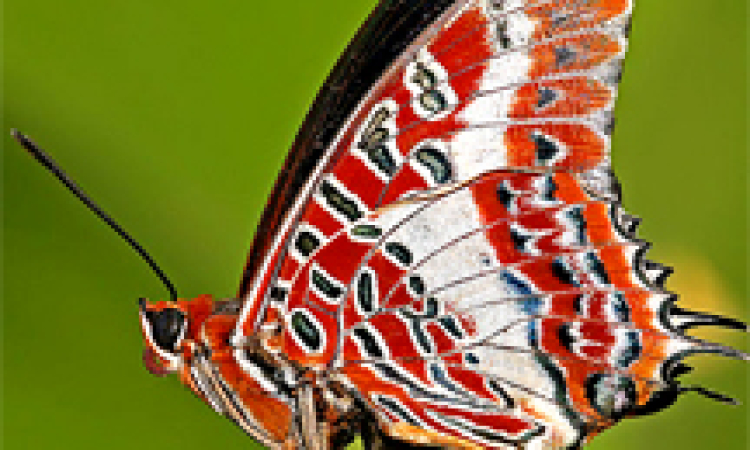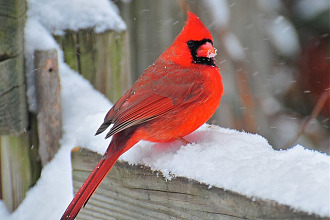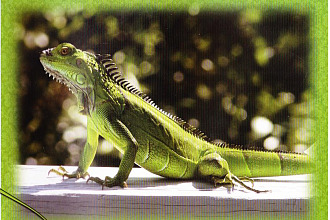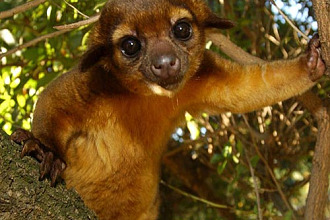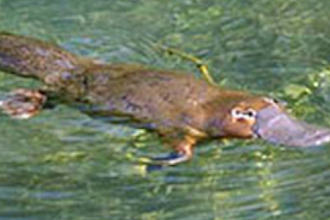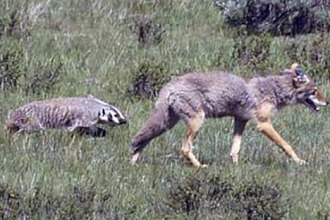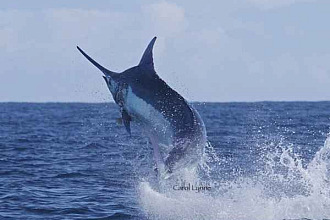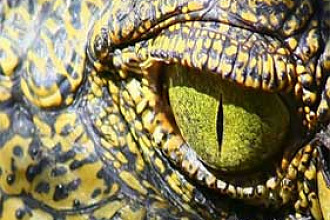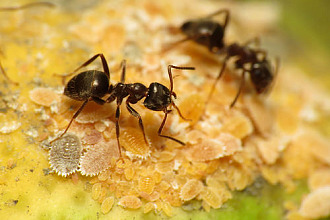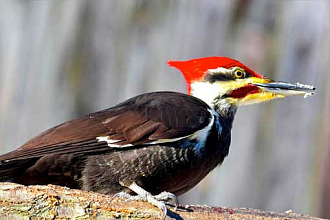Most moths are out and about at night, while butterflies are usually on the wing in the daytime.
But even so these insects of the order "Lepidoptera" have a lot in common. Thousands of years before the 1930s (when humans in America finally invented flexible straws for sipping drinks), butterflies and moths, with the Creator's not-by-accident ingenuity, had been given their own very flexible and efficient sipping straw: a proboscis.
The proboscis, located between the eyes of the adult insect, is a very useful feeding mechanism varying in length from a fraction of an inch to a foot long when rolled out by the adult lepidopteran. Our straws wear out, but their proboscis can be used over and over again, as needed, to suck up nectar from a flower, all the while the insects are servicing the flower's need for pollination.
Two antennae protrude from the head of the moth or butterfly and are covered with tiny pits that serve as smelling organs so they can locate the scent of food that attracts them—as well as locate mates. Those smell sensors are pretty powerful, too. It's not by accident that a male butterfly has been known to "smell" a female butterfly—even when she's a mile away! Silk moths have been known to locate companions 6 to 12 miles away! The female lepidopteran spots her mate through sight, seeing ultraviolet patterns on the wing that are indistinguishable to humans—but that direct her choice.
These intriguing insects go through four distinct stages: egg, larvae (caterpillar,) chrysalis (or pupa) and winged adult. But perhaps one of the most awesome examples of not-by-accident care of the Creator is found when you discover what happens within the chrysalis after the caterpillar has seemingly entombed itself in a silk-thread casket/cocoon preparing to go through a radical change in body form (metamorphosis). Within that pupa, directed by unchanging complete cells called imaginal discs, the tissues and organs of the caterpillar break down into a liquid consistency and then reassemble themselves into the tissues and organs that form the structure of the adult butterfly or moth—always following the direction of the imaginal discs— which coincide their commands with chemical messengers (hormones) that carry needed information to every part of the body. (The complex operation reminds one of the way silicon chips direct the operation of a computer, only those cells function by the awesome design of the Master Programmer of the universe!)
 The pupal stage of the chrysalis may last from a week to several years, depending on weather and species. But when the time is right, not by accident, the adult butterfly or moth will split that silk-thread casket and crawl out, unfolding its wings and pumping blood into its veins. When the wings are dry and firm the now-airborne insect heads up and away—never again bound to crawl like larvae on the earth.
The pupal stage of the chrysalis may last from a week to several years, depending on weather and species. But when the time is right, not by accident, the adult butterfly or moth will split that silk-thread casket and crawl out, unfolding its wings and pumping blood into its veins. When the wings are dry and firm the now-airborne insect heads up and away—never again bound to crawl like larvae on the earth.
Does that remind you of the metamorphosis our Master Designer/Programmer is planning for us? When Yeshua returns our "time" comes to put on immortality. It will be "in a moment, in the twinkling of an eye" even if we've waited in a casket weeks or years for it to happen—it's SURE! We do have an awesome, not-by-accident God! Like the caterpillar, we really have no clue what delightful surprises await our sight, our smell, our taste, our lives—when we, too, will fly upwards—forever free!
"NOT BY ACCIDENT" (c) Juanita Kretschmar is used by permission and was first published in newsletters about A Key Encounter, a Key West, FL, Creation-based, educational tourist attraction. Go to www.akeyencounter.org for additional information, To receive the free newsletter write: AKE, PO Box 177, Big Pine Key, FL 33043
Pictures from here and by Muhammad Mahdi Karim from here

